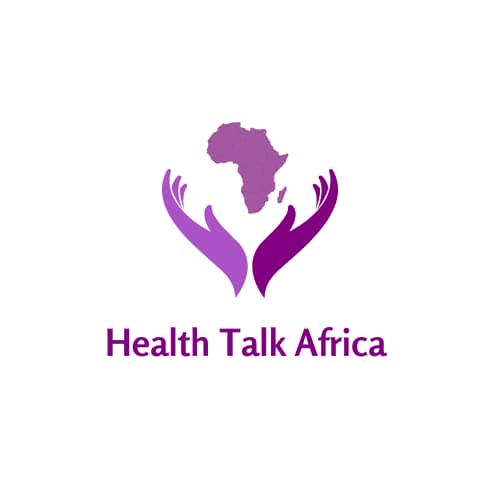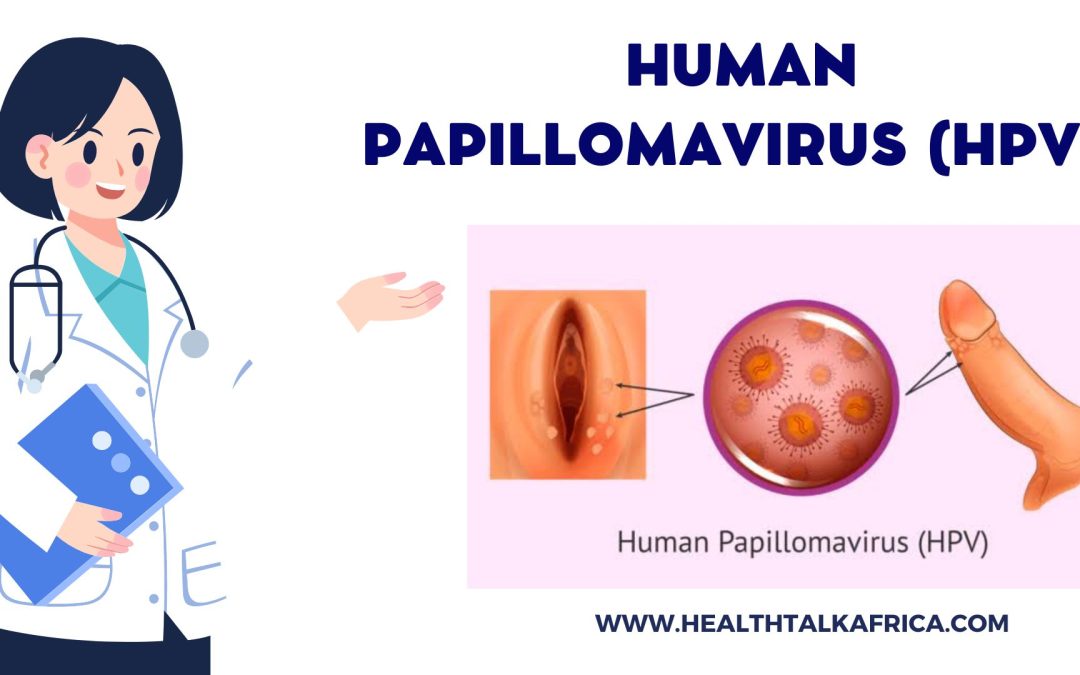Introduction
Human Papillomavirus (HPV) is a group of viruses that can infect genital areas, as well as the mouth and throat. With over 100 types, some are harmless, while others can lead to various cancers.
Transmission
HPV spreads through intimate skin-to-skin contact, primarily through sexual activity. It can also be transmitted from an infected mother to her baby during childbirth.
Common Types
Low-Risk HPV: Causes warts on genital and oral areas.
High-Risk HPV: Linked to cancers, including cervical, vaginal, penile, anal, and throat cancers.
Symptoms
Genital HPV infections typically remain asymptomatic, with genital warts being the primary observable sign when symptoms do arise. These warts manifest as textured, cauliflower-shaped growths on the skin in the genital area.
High-risk strains of HPV often remain asymptomatic until they advance to cancer stages. Cervical cancer stands out as the predominant form of cancer associated with high-risk HPV infections.
Prevention
Vaccination: HPV vaccines effectively protect against several high-risk types. Two prophylactic HPV vaccines have been available since 2006.
Safe Practices: Practicing safe sex and using barrier methods can reduce transmission risk.
Regular Screenings: Routine screenings, especially for cervical cancer, aid in early detection and intervention.
Impact on Women
Cervical Cancer: Persistent high-risk HPV infections can lead to cervical cancer. Regular Pap smears and HPV tests are crucial for early detection and prevention.
Impact on Men
Penile Cancer: High-risk HPV can cause cancer of the penis.
Throat and Anal Cancers: Men can also develop cancers in the throat and anus due to HPV.
Awareness and Education
Vital Conversations: Open dialogues about HPV, vaccinations, and safe practices are essential.
Community Health: Promoting vaccination campaigns and accessible healthcare contributes to overall community well-being.
Conclusion
Understanding HPV, its types, and preventive measures is key to reducing its impact on individuals and communities. Education and awareness empower individuals to make informed choices for their health.

